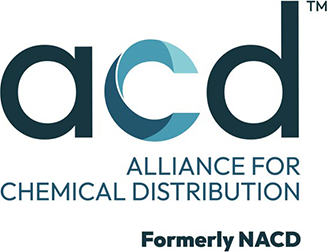Intermediate Bulk Containers (IBCs) are essential for many industries, yet widespread misconceptions about their use and capabilities exist. Below, we clarify some common myths and provide accurate information to ensure industries are using these valuable resources efficiently. Read on to debunk common IBC tote misconceptions.
Myth 1: IBC Totes Are Only for Liquids
That IBC totes are exclusively for transporting liquids is a common misconception. While many facilities use them predominantly for liquid storage, their robust design and structure make them suitable for various materials, including powders and granulated substances. The key is to choose the right type of IBC tote, such as those with specialized liners or conical bottoms, to accommodate different materials.
Myth 2: All IBCs Are the Same
The belief that all IBC totes are identical is another myth. IBCs come in various sizes, materials, and designs to meet diverse needs. Manufacturers construct the majority of them using blow-molded plastic with a galvanized steel frame and design them for single-use applications (one-way IBCs); whereas others consist of stainless steel or rotationally-molded heavy-duty plastic, known as reusable IBCs, which you can reuse. The material selection depends on chemical compatibility, environmental conditions, and transportation requirements.
Myth 3: IBC Totes Lack Durability
Some assume IBC totes are not durable. Contrary to this belief, manufacturers design IBCs for both short- and long-term use, ensuring they can withstand harsh conditions, where applicable. Their durability, especially when constructed with stainless steel, carbon steel, or high-density polyethylene, is evident in their ability to handle heavy loads, resist corrosion, and endure rough transportation. These containers can be a reliable storage and transport solution for many years with proper maintenance.
Myth 4: Reusing IBCs Is Unsafe
The misconception that reusing IBC totes is unsafe stems from concerns primarily about contamination and degradation, however, it depends on the type of intermediate bulk container. Attempting to reuse single-use totes, or one-way IBCs, is never a good, or safe, idea due to their intentional design to support limited one-time use. On the other hand, appropriate cleaning and inspection protocols for reusable IBCs designed for long-term use ensure you can safely reuse them time and again. Of course, adhering to industry standards and guidelines for cleaning and inspecting IBCs is crucial, especially if you use them to store different materials or sensitive products.
Understanding IBC Tote Capacities
Finally, it’s essential to understand IBC tote capacities. For example, a 350-gallon IBC tote can provide a perfect balance between volume capacity and space efficiency. The misconception that larger totes are always better overlooks the importance of matching tote size with operational requirements and spatial constraints.
Now that we’ve debunked these common IBC tote misconceptions for you, you can make more informed decisions about their use in your business operations.



